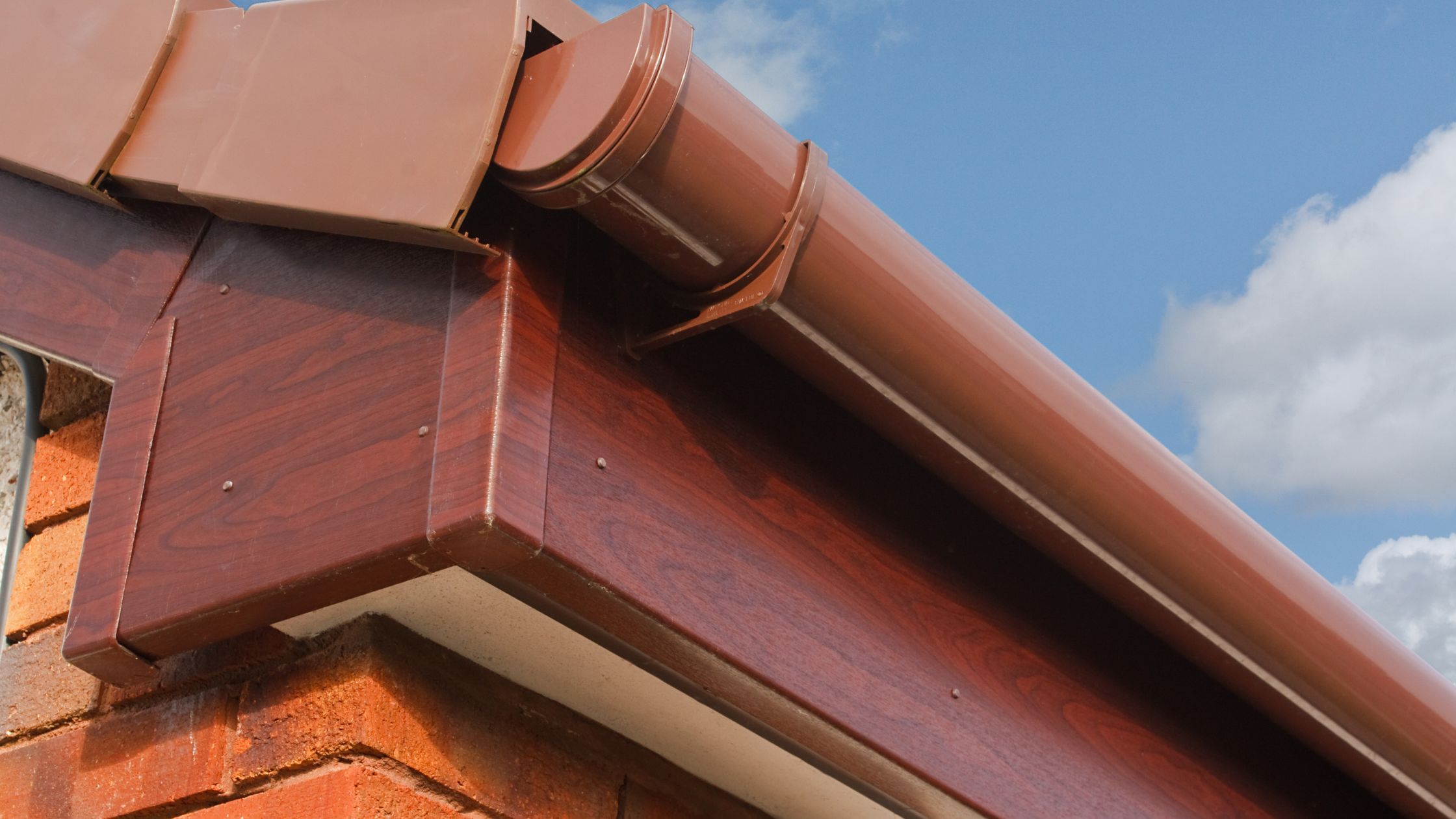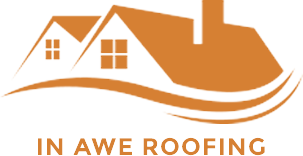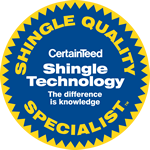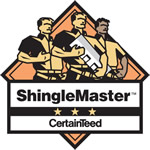A Comprehensive Guide to Fascia Replacement

As an essential component of your dwelling exterior architecture, the fascia serves both functional and visual goals. It is responsible for protecting rafters against weather deterioration by forming a long board that occupies the lower end roofing area. Besides playing a safeguard role against nature’s exterior forces or unwanted water damage effects; it also provides an elegant presentation by designing blend combinations that add value to home appeal. Over time however; whilst facing harmful influences such as rotting boredom and other environmental situations; this part may exhibit signs of wear-and-tear towards its nature demands instant replacement to retain structure durability plus exterior beauty features intact. Our comprehensive guide offers insight into different material choices for constructing replacements for fascia boards while suggesting repair tactics focusing on costs involved.
Materials for Fascia Replacement
Replacing fascia boards requires careful consideration of the available materials. Each material option carries its own set of advantages and disadvantages; thus it is essential to weigh your specific needs and preferences before choosing one.
1. Wood
When it comes to selecting materials for creating or repairing external elements on your property such as fascia boards; wood has always been considered a fitting choice with lasting results. The timeless essence wilds embodied by this material attract many homeowners along with its flexibility from different perspectives since no two pieces look alike even should you choose varieties like cedar or pine – common enough options among those who prefer wooden facias. Moreover, these natural substances offer built-in protection from rotting or pests intrusion making them reliable options once installed in serviceable forms for extended period throughout rough weather conditions.
Pros:
This particular siding alternative showcases a lovely appearance that perfectly embodies the outdoors. Its ability to be painted or stained means it can harmonize beautifully with other elements of your home’s exterior. Plus, those unfamiliar with construction should have little trouble installing it due to its manageable traits.
Cons:
As time goes on, care must be taken with regards to instances where rotting and insect harm could impact the sturdiness of the material at hand. Protective measures through regular maintenance which includes painting and sealing will need attention paid from the outset. Be advised that selecting this selection may involve a heftier price tag when weighed against alternative choices.
2. Aluminum
Aluminum fascia boards have emerged as a favored selection among homeowners due to their resilient nature and low upkeep requirements. They’re usually utilized as a shield for extant wood fascia, offering supplementary safeguard against atmospheric hazards.
Pros:
This particular item takes pride in its longevity – proof of its robustness in fending off rusting issues, rotting problems and insect nuisances. Also noteworthy is how low maintenance it is; once installed on your property exterior walls- skipping repainting or sealing won’t lead to any complications whatsoever. Finally yet importantly- there are plentiful hues available for you to pick out; one that blends effortlessly with your home’s aesthetic appeal
Cons:
Choosing this particular material warrants consideration given its potential costs relative to other options like vinyl and most notably -wood. Furthermore, its vulnerability towards dents and scratches should also be taken into account when making a choice between different building or decoration materials. Lastly, those looking for an authentic wooden appearance ought to bear in mind that this material might fall short on delivering comparably natural aesthetics sought by them through use of another medium such as actual wood itself.
3. Vinyl
For those who desire an easy-to-maintain and resilient option for their homes exterior trim vinyl fascia boards are well worth considering. Composed of durable PVC plastic material. They offer longevity without requiring extensive upkeep. Additionally. They can function just like aluminum as a cover up method over pre existing wooden facias.
Pros:
This material boasts an impressive resistance to rot, insect damage and weathering, which contributes to its unparalleled durability. Additionally, because it doesn’t call for painting or sealing upkeep, maintaining this material is effortless. A selection of colors are obtainable for this material so that it can be customized to harmonize with your home’s exterior.
Cons:
It’s important for buyers to take note of how well-suited certain materials are for their desired use case – including considering its performance in extreme conditions. Specifically with regards to this alternative option being discussed here – under harsh circumstances it can become increasingly brittle requiring particular care around application and storage practices. For those hoping for something resembling natural wood as closely as possible though – it must be noted there are limitations present with its appearance no matter how impressive overall quality is judged against other products in-market today. While exploring available options though keep price points front-of-mind too – many shoppers discover these benefit greatly from comparing pricing alongside scrutinizing product features before making a final decision on what works best for their unique project or use-case scenario overall!
4. Composite
Composite fascia boards are an exquisite blend of wood fibers and plastic that presents the authentic appearance of wood but with increased durability and reduced maintenance of plastic.
Pros:
This type of construction component boasts exceptional durability characteristics that include immunity to decay causing factors such as insects and severe weather conditions. The best part is its minimal care requirements since there’s no need for frequent repainting or sealing processes. Furthermore. You have the flexibility of selecting from diverse colors and textures that will seamlessly blend with your households outdoor aesthetics.
Cons:
Its’ worth considering the fact that using this specific material could come at a higher expense than alternative choices. Moreover due to its unique characteristics specifically in comparison to more widely applied materials like wood and vinyl working with this option can occasionally present obstacles.
Techniques for Fascia Replacement
When dealing with fascia boards replacement can prove challenging if one is not well versed in carpentry or roofing. The following guidelines should assist you through this process effectively:
First of all, assessing damages is pivotal since this will tell whether an entire board replacement is necessary versus just fixing certain sections when they require attention. Secondly when removing old fascia boards taking caution not to harm other surrounding items such as nails and other fasteners while cutting out smaller portions should allow for there removal without causing additional distress to underlying materials such as rafts
Third when engaging with new material its crucial that accurate measurements reflecting curves for rooflines be accounted for ensuring effective installation
The fourth step involves secure attachment of new material either via fasteners such as screws/nails or Aluminum/Vinyl covers by sliding them onto existing wood fascia. Lastly when using wood or composite facias sufficient sealant applications are needed to protect from various weather conditions while in the case of aluminum or vinyl facia careful sealing around edges is warranted to prevent water infiltration.
Costs of Fascia Replacement
When it comes to replacing your fascia boards with new ones, there are several different elements that factor into cost such as material choice, home size and whether or not you hire an expert versus DIY-ing it yourself.
Below is an overview of approximate pricing figures broken down by various types of material quality:
– Wood Fascia:$3-$5 is typical pricing for each individual traditional board lengthwise—with an additional inclusionary charge tacked onto each job if installing professionally
– Aluminum Fascia:$4-$6 approximate pricing estimation on each piece needed temporarily in order to complete most jobs; once again inclusive fees would apply if opted to hire specialized labor to assist
– Vinyl Fascia: Averaging between $3 – $5 per linear foot; bring in skilled labor if help is needed
– Composite Fascia:$5-$8 as an estimated pricing range for each linear Ft. of materials, plus professional fee and overheads if you decide to leave it to the experts.
If finding that assistance is required, you should be aware that labour costs can include a range of prices anywhere from $50-$75 hourly—dependent on both the complexity and where your general location stands.
Alternatively, to try saving costs wherever possible, one could evaluate engaging in doing part or all of this project themselves—if experienced with carpentry or roofing tasks specifically.
Conclusion
Your home’s exterior requires consistent upkeep to remain in good condition. Replacing worn-out or damaged fascia boards is a crucial step toward ensuring this continues. Knowing about various materials options, replacement techniques employed for facia and associated costs enable you to weigh all aspects carefully when making an appropriate decision for preserving your residence’s value.

In Awe Roofing Limited is an Award-Winning, family owned and operated Vancouver Roofing Contractor with over 17 years of roofing experience. We serve the entire Lower Mainland area, from Whistler to Chilliwack, employing a team of professional staff members. Our team has won numerous awards including Best of Homestars for the last five years, and Three Best Rated six years in a row. Learn more






















